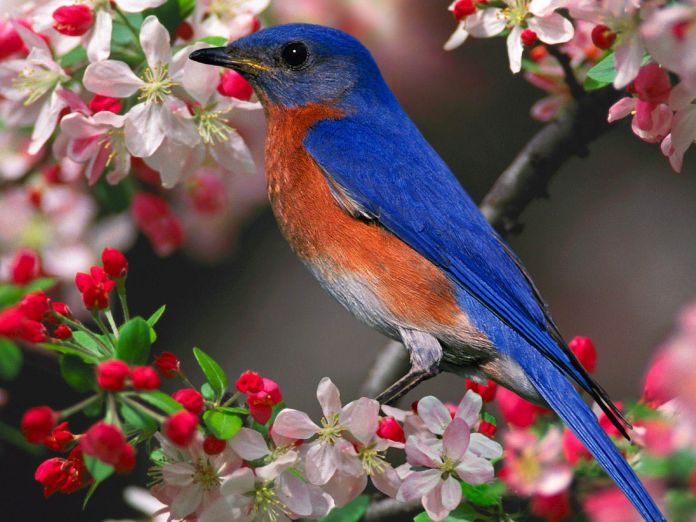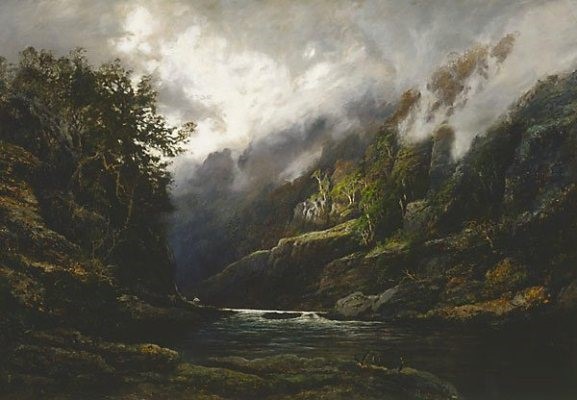1/ Describe in your own words how reading and hearing the poets of the first world war has made you feel about war.
Poetry to me has always been a dangerous zone. Whether writing or reading poetry, I feel that I should always approach it with caution, its easy to be caught up in words and find yourself at the other end asking yourself “what just happened?”or “how did it get here?”. So the reading of the First World War poets, has me interacting with them in the way that they were intended to be read. Whether it be the patriotic propaganda of Rupert Brooke or the emotion of death through Charles Hamilton Sorely. These poets to me evoke the feelings I am supposed to be feeling whilst reading them, yet I am constantly aware of what the cost of war has brought. Whilst I feel it is right to say there need not have been such carnage, I still find myself thinking there was a need. There are horrors in the world and those that have faced death know these best, but they also know that the world has much to give. My views on war have changed often; to the points when I considered joining the army, to leading soldiers as an officer, to where I have looked at my parents as nurses, and valued showing people how to live over taking away another’s. War to me was the presence of death as I walked about the emergency department as a 10 year old. What I saw rolling in through those sliding doors, was the aftermath of what man could do to man. But the taking of life, even of an animal which I loved, and hearing its cries and feeling it struggle under your hand, trying desperately to end its misery, is something I will never forget, and something I see through the writing of these poems. War to me is a horror, but is also necessary, its just that there is still that struggle to end it.




